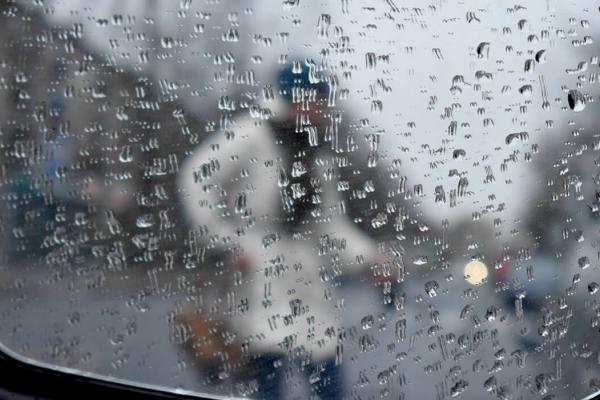RECENTLY, a Facebook troll accused me of liking country singer Carrie Underwood. The troll was ... me.
“I hate to admit it ... but in the interest of full disclosure, I kind of love Carrie Underwood’s ‘Cowboy Casanova,’” said 23-year-old me. Real-time me was horrified.
The indignities kept coming. College junior me: “I was impressed by Mike Huckabee and Ron Paul,” after a GOP debate in South Carolina in 2008. ( Mike Huckabee?!) College senior me, more inscrutably, presumably comparing President Obama’s first inauguration to Woodstock: “Back from Obamastock, living the dream.”
Of all the ways to be internet shamed, I hadn’t counted on my old selves.
Launched in March 2015, Facebook’s feature On This Day collects every status update and photo users have shared on that day, every year, all the way back to the beginning of (Facebook) time.
For a social platform, this function is oddly, endearingly private. Newsfeed and Pages and Groups are where we meet others, but On This Day is where we meet ourselves. The for-your-eyes-only digital diary delivers a daily string of our admissions from years gone by, betting on our appetite for nostalgia and navel-gazing. Sometimes, reading the morning roundup delivers an ego boost. (“I was funny!” I once announced to an empty home.) Other times, I’ve shared things that my present self flat-out refuses to believe.
Facebook is 12 years old and has been with me longer than most close friendships in my life. And it acts like it: On This Day is a best friend eager to remind me how desperately, and how often, I’ve tried to be cool. But it also reflects me at my most earnest, filled with unselfconscious observations on life and tentative explorations into new ideas of justice, identity, and belonging.
Read the Full Article

